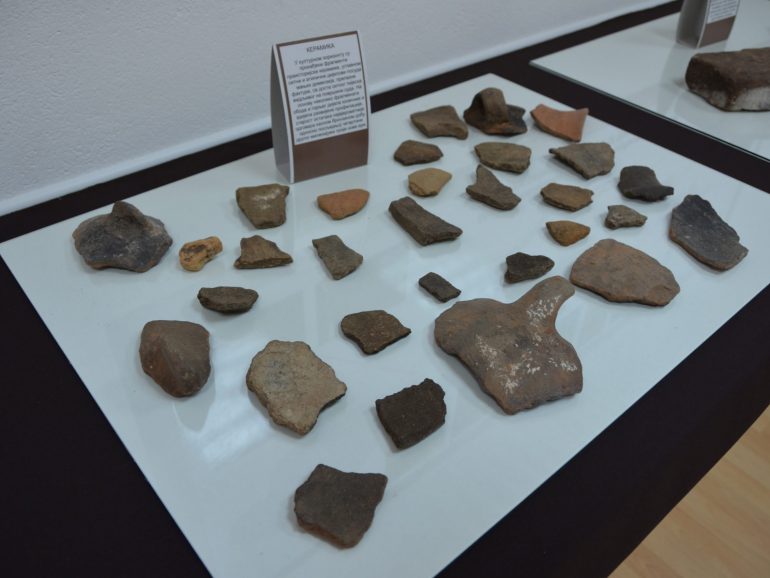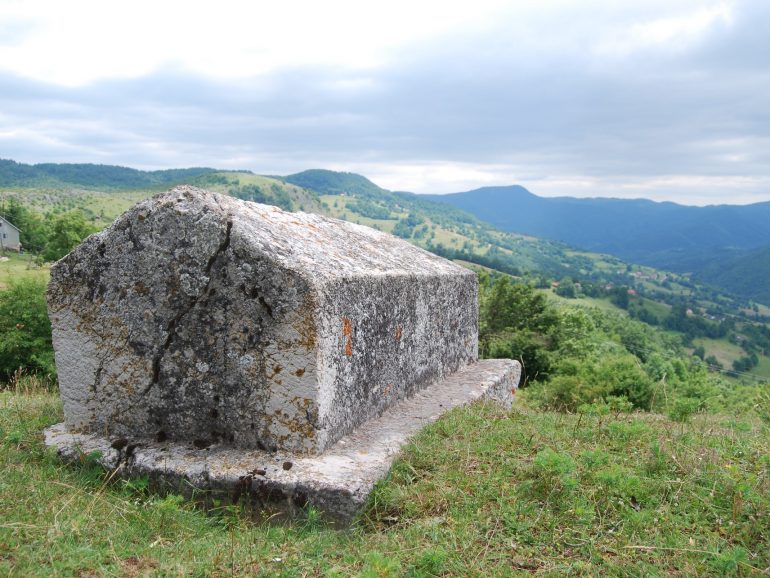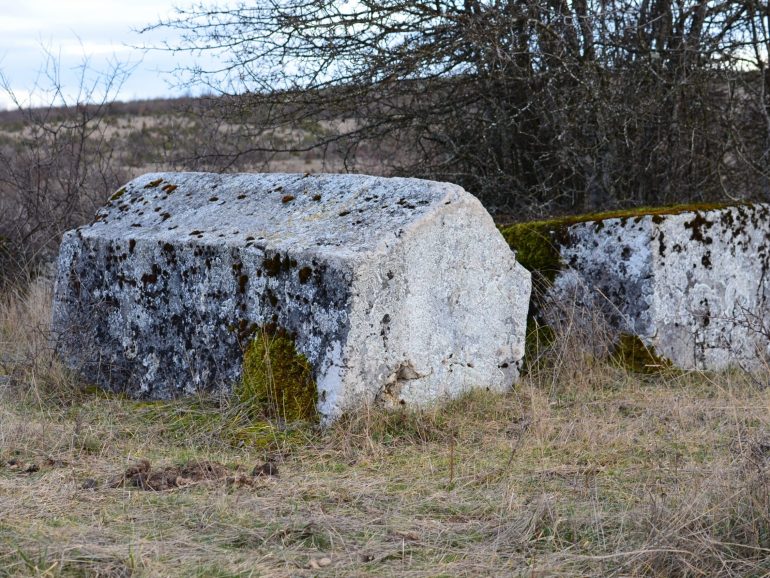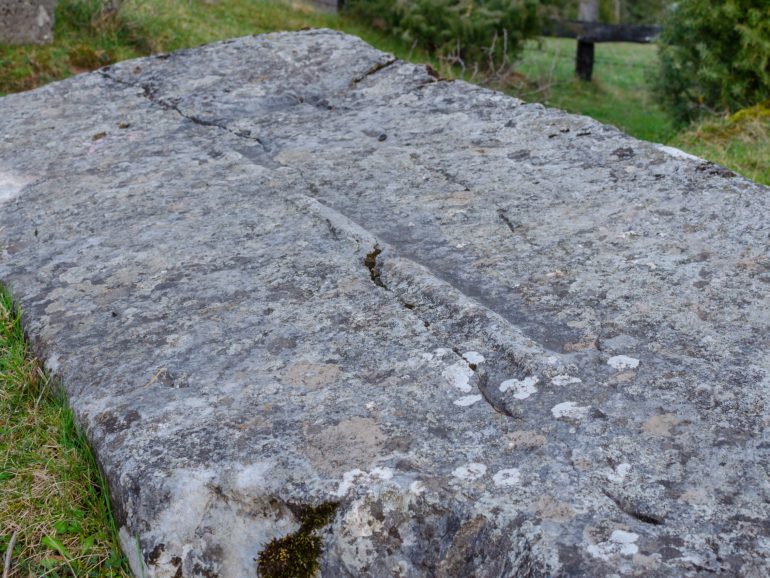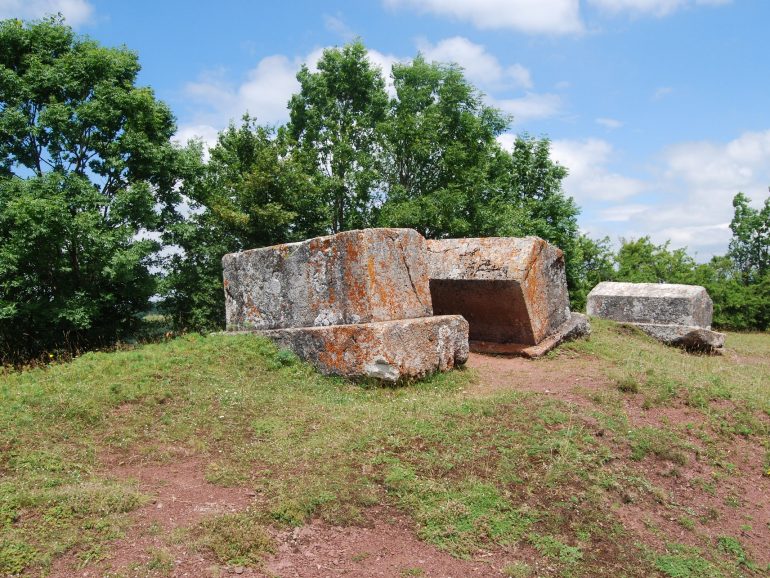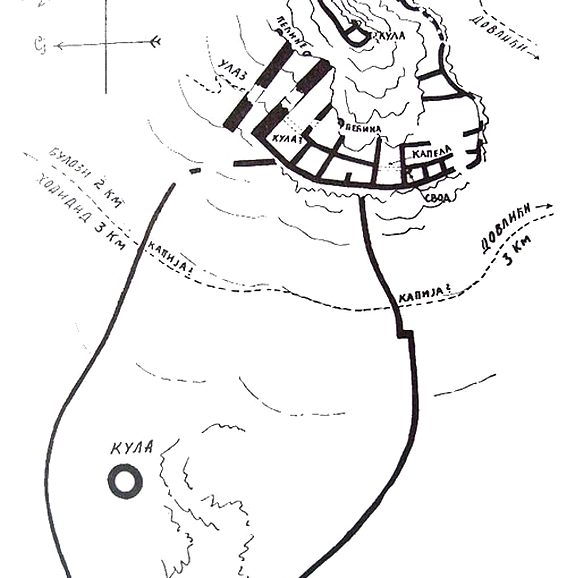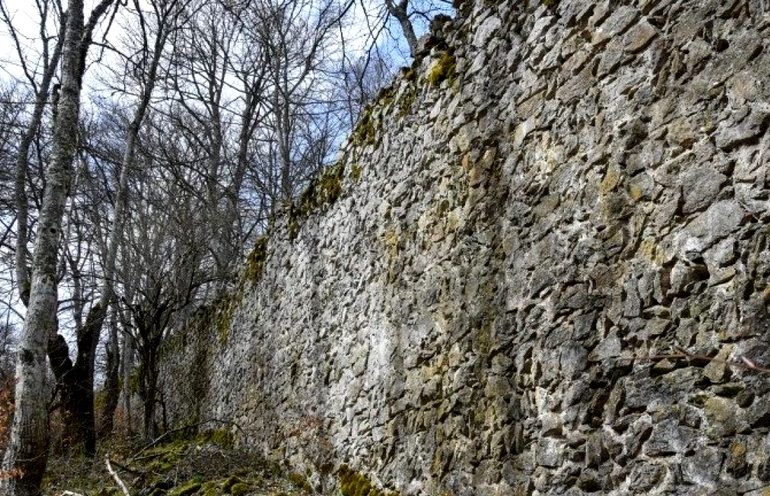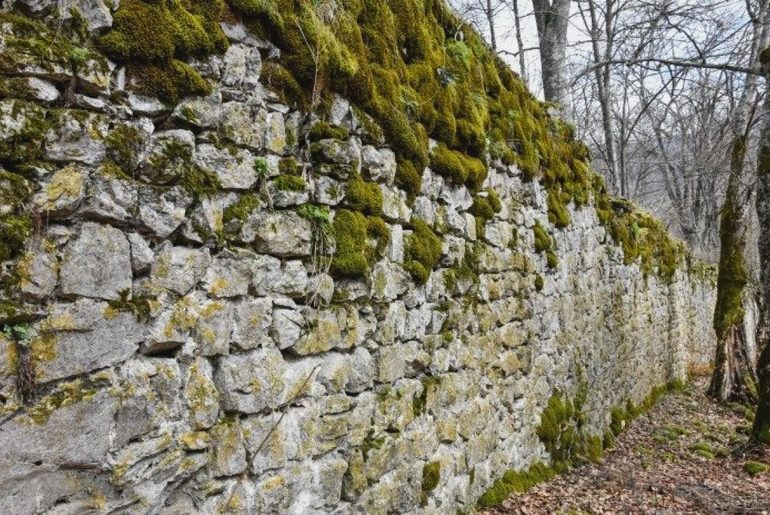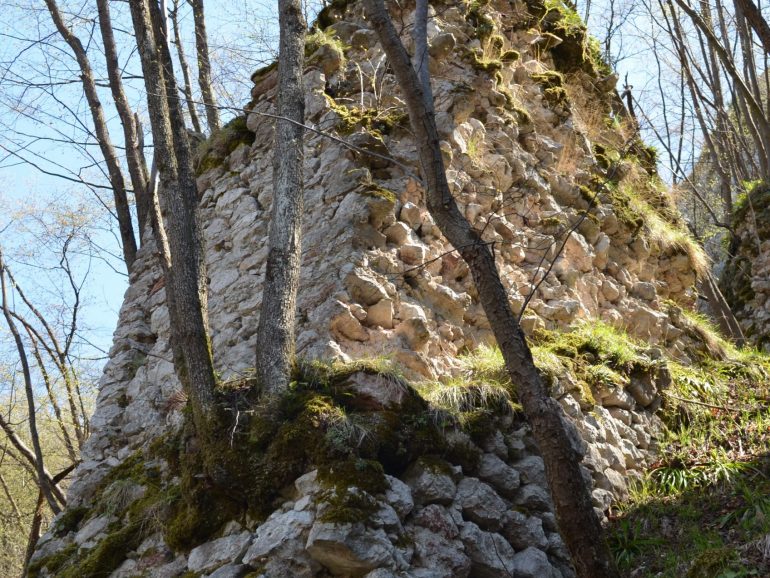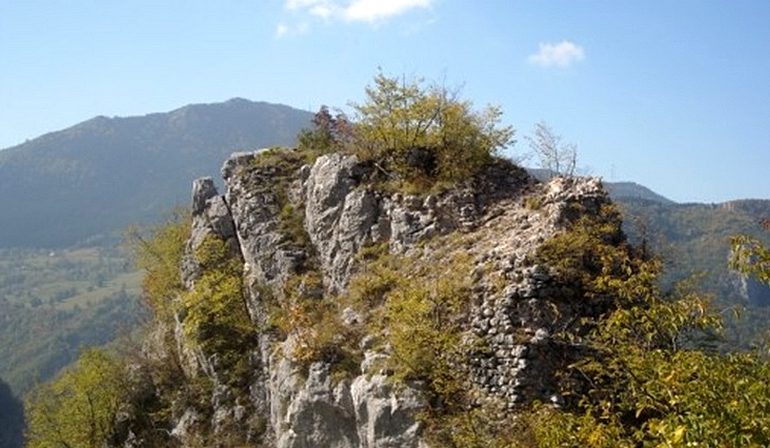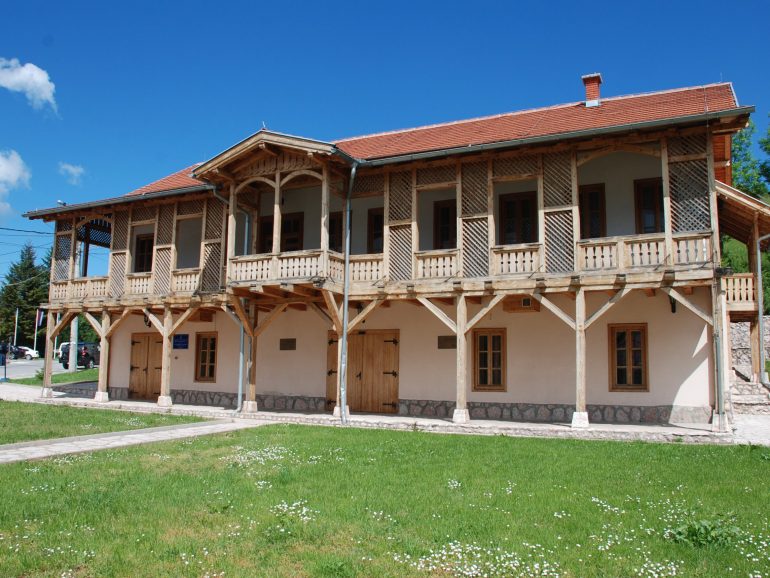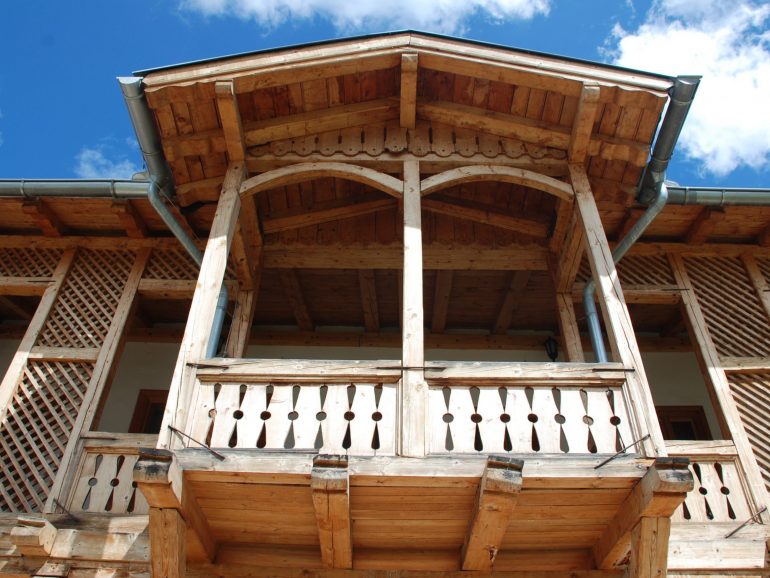The area where the municipality of Pale is located today was partially inhabited, probably from the early prehistoric period. This area has always been an important traffic link between west and east (Sarajevo valley and the Drina river). Thus, two important ancient road communications passed through Pale – the trade route through Mokro and Romanija, and the road through the valley of the river Prača to Ranjen, Goražde and further. In Roman times, a Roman road passed through Pale, and there was a Roman station in Pale. In the time of Rome, such stations were in places where one passes from the plains to the mountainous regions, in order for travelers to rest or spend the night.
The cultural and historical heritage of the municipality of Pale is very rich and diverse. Prehistoric mounds (gromile) were found, which were most likely formed in 2000 BC, and there are a lot of of stećak tombstones. The period of the Middle Ages was pretty rich for this area, so there are more archaeological finds from this period.
Stećak Tombstones – There are about 100 necropolises of stećak tombstones in Pale, which are made of stone, most often “stanca”, limestone conglomerate or sandstone. The appearance of stećak tombstones in rows in the east-west (or northeast-southwest) direction is characteristic. The exact number of stećak tombstones in Pale has not been determined, and it is mentioned that there are between 2,000 and 4,000 of them. Some of these stećak tombstones are decorated with depictions of sticks, shields, swords, geometric ornaments, human and animal figures. The most famous necropolis is Mramorje in the village of Budj in Pale. This necropolis was declared a UNESCO World Heritage Site in 2016, and it is characteristic that all 127 stećak tombstones of this necropolis were made of one piece of stone. One of the largest stećak tombstones in the Balkans is located in that necropolis.
Old Towns – The Pale region belonged to the Serbian noble lineage of the Pavlovićs. They built at least three or four fortified towns here – Pavlovac near Prača, Gradina in Gornje Pale, Lipovac in Pribanj and Hodidjed.
Pavlovac (Novi Grad /New Town/ in Prača) was built by Duke Pavle Radenović, and the remains of this town can still be seen today. The city was named after its founder, probably after his death. Before that it was called Novi or Novi grad in Prača. Pavlovac was built on a steep hill above the left bank of the river Prača. There is a necropolis near Pavlovac with about twenty stećak tombstones, which are most likely the graves of those Pavlovićs who ruled this area. It is not known when exactly it was built, but it is known that it was before 1415, because Duke Pavle Radenović was killed that year. It is believed that in the place of Pavlovac, as a new fortress, there was an even older fortification, and that it was rebuilt or extended at the beginning of the 15th century. The town is located on a steep hill above the left bank of the Prača river. At the base it has the shape of an irregular polygon adapted to the terrain. The ramparts were up to 1 m thick, and their traces can still be seen today. Inside the ramparts, at the highest peak of the hill, traces of buildings and a square tower can be seen, with a side of 8 m. The role of this fortification was to protect Prača Square, which was located upstream at a distance of 2 km. Although the whole area is mostly overgrown with forests, the remains of this imposing fortification can still be seen today.
The town at the spring of the Paljanska Miljacka is located in Gornje Pale. This place is rich in water, forest and stone, and on the northern edge rises an almost regular very sharp cone. At the top of that cone are the ruins of a medieval fortified castle which undoubtedly belonged to the master of the surrounding areas who belonged to the Pavlović state. The building was erected before the 14th century, and pieces of brick and prehistoric clay pottery were found at that site, so it can be concluded that this convenient place was used by prehistoric people and the Romans. The masters of this place are buried in a small necropolis. The city had fenced barns that served as gardens, promenades and the like, and in case of an attack on the city they had the purpose of keeping the enemy in the first raid. Even today, one can see the great courage and insight of the builders, as well as the high degree of state of the architecture. At the entrance to the city there was a very strong four-sided tower, while at the highest point (1,048 m above sea level) a round tower with an inner diameter of 4.50 m was erected. The town also had a cistern, and the water was probably brought from the spring of Paljanska Miljacka.
Lipovac – Old town on the confluences of both Pale and Mokro Miljacka –
On the components of both Miljacka rivers, a rocky ridge rises abruptly, the end of which is the top of the Lipovac hill (1,074 m above sea level). In the middle of that stone ridge, a huge rock stands out, which is difficult to access from the north, and never from the other three. The rock walls on the inaccessible sides rise almost vertically in height up to 70 meters. The rock on which the old town is located is about 60 m wide and up to 100 m long. This old town, or fortified castle, is a true example of one’s boldness and architectural skill from the Middle Ages. This fortification could only be built by daring masters, and a man is still caught in a vertigo when he looks down from the height of the walls of this town. There is probably no old town in the former Yugoslavia that has been built in such an inaccessible and dangerous place. Because of this position, it is reminiscent of some knightly castles in South Tyrol. The old town was most probably built in the 14th century and was located in the state of the Pavlovićs, and it was named Lipovac after the hill of the same name on which it is located.
On that hill there used to be a lush linden forest which is today preserved only in traces. From the heights of the old town there is an incredible view – on the other side of the Mokranjska Miljacka you can see the fortress Hodidjed, in the direction down the Miljacka you can see Sarajevo Bijela tabija (former fortress Vrhbosna), on the other side of the Paljanska Miljacka you can see the parish village Dovlići (with a medieval necropolis), and next to the water in Šehovina there is also a manor house. With the arrival of the Turkish duke Barak, Lipovac most likely, due to betrayal or voluntarily, surrendered like Hodidjed, because neither of them could attack militarily without strong means that Barak probably did not have. The Turks did not use this city for long (nor did Hodidjed) because they moved their borders far to the west, and demolished it. However, in relation to Vrhbosna and Hodidjed, Lipovac probably played a more significant role, since in its review it had all the roads and terrain east of the Trebevic slope, the Miljacka valley, the Borija plateau and the roads leading from Mokro.
Hodidjed (Hadidjed, Hodidid, Odiđed)
Hodidjed is a medieval town located in the parish of Vrhbosna, and it belonged to the nobleman Pavle Radenović (after whom the Pavlović lineage was named). As a strong fortification above the Mokranjska Miljacka, it dominated the road that led from the Prača valley to Vrhbosna. Today, there is the village of Odiđed on Bulozi, only a hundred meters below the Gradac hill. According to historical sources, the city of Hodidjed was located on this hill. From this elevation there is an incredible view and you can clearly see the Old Town at the confluence of the Paljanska and Mokranjska Miljacka (Lipovac), as well as the center of Sarajevo. Hodidjed was most probably built before the Old Town at the end of the 14th and the beginning of the 15th century. During the arrival of the Turks in this area, Hodidjed was a more important city for defense than Vrhbosna (Sarajevo). It had a fortification with a main tower (area of about 5,000 m²) and a subsequently attached barn (6,500 m²). According to the Turkish census of 1455, Hodidjed had a dizdar and a crew of 23 soldiers while the suburb of Hodidjed, Bulagaj, was registered as a village. That village probably disappeared in a fire started by King Tomaš (Toma) in 1459, after he failed to bring Hodidjed back from the Turks. Dizdar and his crew were in Hodidjed until 1800. Hodidjed’s position and role certainly played a significant role during the founding of Sarajevo. Archaeological excavations were carried out under the Gradac hill, and a lot of pottery was found, which is today in the National Museum in Sarajevo. On the Gradac hill, all that can be found today are the trenches from the First World War that surround the top of the hill. There are no visible remains from the medieval fortification. The stone with which the army fortified the trenches fell down the cliff and was probably used for making rural roads and fencing the property. On the west side of the hill there is also a cave, which was probably a command post at the time. On Romanija, Trebević and on the rocks in this area, iron rings can be found, which the locals claim were used to moor the boats of the long-extinct lake. However, those rings probably played the role of connecting telephone lines to this military trench, which was placed along the entire route, so the rings can also be found on Trebević.
The enormous influence of the Pavlović lineage on this region is obvious, and their infamous fall began with the fall of Bosnia in 1463. In that period, the feudal estates of the Pavlovićs were divided into 11 nahiyahs, and the whole area was named after them – Vilajet Pavli. When the Turks first enumerated the population, Pale appeared under the unusual Turkish name Bogazi Yumru as the seat of one of the 11 nahiyahs.
The period of Turkish rule was difficult for the Serbian people, and there are no data from that period on the urbanization of the area of today’s Pale. The data we have about this area in that period are those from epic poems about the famous Starina Novak, who gave food to the Turks (Novak’s cave is today a tourist and historical attraction on Romanija). The former feudal estates of the Pavlovićs were called Vilajet Pavli until the beginning of the 19th century. In that century, the name Pale first (officially) appeared on a map from 1877. It should be noted that on that map the whole area is marked under the name Pale.
THE CEKOVIĆ’S HOUSE
One of the most beautiful and best preserved houses in this area from the beginning of the 20th century is certainly the Ceković’s house in Pale. Construction of this house began in 1902. It was built for a full 13 years and was finally completed in 1915. It was declared a National Monument of Bosnia and Herzegovina in 2004, and was completely reconstructed in 2007. Today, it houses a wine shop, the gallery of the Art Colony of Pale and a small museum in which the exhibits of the Ceković family are exhibited (paintings, costumes, furniture, dishes, documentation, etc.).
HISTORY OF FAMILY CEKOVIĆ
In the middle of the 19th century, Petar Ceković moved from Bijelo Polje to Sarajevo, where he lived as a tenant in Kraljevića Sokak (northern end of the čaršija) with the well-to-do widow Jovanka Hadžimarković (nee Crnčević). After some time, Petar and Jovanka got married and had five children (two sons and three daughters). Since he was engaged in colonial trade, Petar Ceković, as a successful merchant, often traveled to Constantinople, Rumelia, Vienna and the like. Their second son, Risto (born in 1865), was also a successful merchant who married Vasilija Đokić from Mostar in 1902. Vasilija also came from a respectable civic family. The two of them built a house in Pale between 1902 and 1915, which is now Ceković’s house, which served as their summer house. Of the six children of Risto and Vasilija, only two survived the end of World War II – Petar, a merchant by profession, and Milojka, a professional teacher. Neither Petar nor Milojka had children, and Mrs. Milojka Ceković donated 80 items from her family’s legacy to the National Museum of Bosnia and Herzegovina in Sarajevo in the period from 1984 until the end of her life (1995). Shortly before the beginning of the civil war in Bosnia and Herzegovina (1992-1995), Mrs. Milojka left the family summer house in Pale, together with all the furniture, to the Metropolitanate of Dabro-Bosnia.
ABOUT THE BUILDING
The house of the Ceković family in Pale is set on a terrain with a pronounced slope. The building itself measures 20 x 11m, i.e. 20 x 13m including wooden veranda. The house was built as a one-storey house with an attic, and on the southeast side of the building there are utility rooms on the ground floor. The ground floor is massive and built of stone. One of the most beautiful and luxurious parts of the house is the wooden veranda (porch on eight wooden pillars with stone bases), made along the length of the southeast facade. In addition to the plastered and white-painted facade, the distinct symmetry and play of wooden partitions on that veranda stand out. That part of the house faces the city center.

